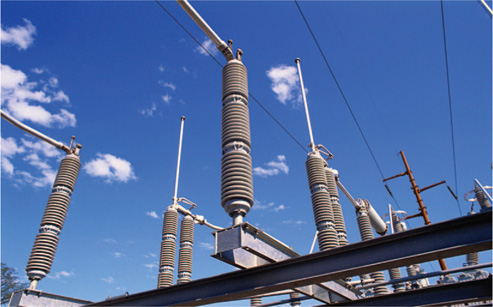CHAPTER
27
ELECTRICAL
Section 2702 Emergency and Standby Power Systems
All electrical components, equipment, and systems are to be designed and constructed in accordance with the provisions of NFPA 70: National Electrical Code® (NEC®). The International Building Code® (IBC®) specifically references the NEC for its technical provisions. The only electrical issues addressed within this chapter of the IBC are those emergency and standby power systems that are required by other provisions of the code. It should be noted that these provisions are maintained through the code change process of the International Fire Code® (IFC®).
Section 2702 Emergency and Standby Power Systems
NFPA Standards 70, 110, and 111 regulate the installation of emergency and standby power systems. This section identifies 20 situations where such systems must be in place. Stationary engine generators, where used to provide emergency and standby power, must comply with the requirements of UL 2200. This UL standard provides a benchmark for the evaluation of the safety and reliability of such generators.
Emergency power shall be provided as follows for:
1. Emergency voice/alarm communication systems as required in Section 907.5.2.2.5.
2. All required exit signs, other than those that are self-luminous.
3. Means of egress illumination in occupancies where two or more means of egress are required.
4. Semiconductor fabrication facilities per Section 415.11.10.
5. Occupancies with silane gas per IFC.
6. Power-operated sliding doors or power-operated locks for swinging doors in Group I-3 occupancies, unless a remote mechanical operating release is provided.
7. Emergency alarms for detection and notification of emergency situations in Group H occupancies per Section 415.5.
8. Emergency responder radio coverage systems as required by Section 915.
Standby power is required under the following conditions for:
1. Smoke-control systems.
2. Elevators and platform lifts that are a portion of accessible means of egress.
3. Horizontal sliding doors utilized as a component of a means of egress.
4. Auxiliary-inflation systems in membrane structures exceeding 1,500 square feet (140 m2) in area.
Both emergency power and standby power shall be provided in the following situations for:
1. High-rise buildings (with exceptions), defined as those structures having occupied floors more than 75 feet (22,860 mm) above the lowest level of fire-department vehicle access.
2. Underground buildings (with exceptions), defined as those building spaces having a floor level used for human occupancy more than 30 feet (9,144 mm) below the lowest level of exit discharge.
Either emergency power or standby power shall be provided, in Group H occupancies where inside storage, dispensing, or use of hazardous materials occurs, where the following systems are required: mechanical ventilation, treatment, temperature control, alarm, detection, or other electrically operated systems as identified in Section 414.5.3.
